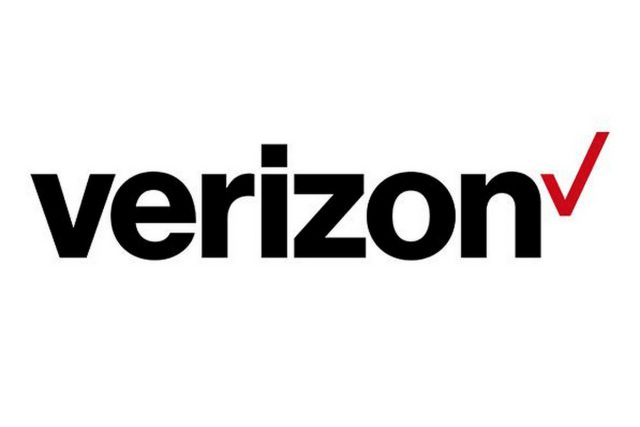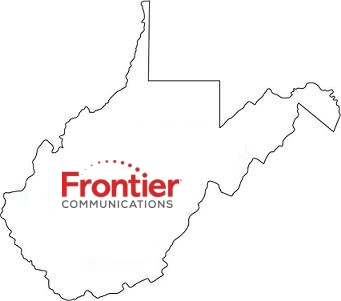 AT&T stopped accepting orders for traditional DSL service from customers across its landline service area on Oct. 1, and will no longer allow existing customers to change speeds or transfer DSL service if they move to a new address.
AT&T stopped accepting orders for traditional DSL service from customers across its landline service area on Oct. 1, and will no longer allow existing customers to change speeds or transfer DSL service if they move to a new address.
AT&T sells three classes of wired internet service to residential customers:
- DSL: Traditional, old-fashioned DSL is sold primarily in rural and exurban areas that were never upgraded to AT&T’s U-verse service. Download speed is typically between 1-6 Mbps. This service is no longer available to new customers.
- U-verse: AT&T’s fiber-to-the-neighborhood service delivers 24 Mbps or faster download speed. AT&T uses fiber optic cables between the central switching office and the customer’s neighborhood, where it connects with existing copper wiring that runs down your street and into your home. Most AT&T internet customers are still served by U-verse.
- Fiber: About 4.3 million former U-verse customers have been upgraded to AT&T Fiber, the company’s fiber to the home service. This upgrade eliminates the copper wiring that runs to your home, which provides for vastly faster internet speeds.
 Only AT&T’s DSL service has been discontinued. The company claims about a half million customers still get DSL service from AT&T as of the second quarter of 2020. Most don’t choose DSL by choice. It is often the only option, because the customer lives in a rural area where no other options for internet service exist. That may leave some new customers with no options for wired internet service at all.
Only AT&T’s DSL service has been discontinued. The company claims about a half million customers still get DSL service from AT&T as of the second quarter of 2020. Most don’t choose DSL by choice. It is often the only option, because the customer lives in a rural area where no other options for internet service exist. That may leave some new customers with no options for wired internet service at all.
“We are focused on enhancing our network with more advanced, higher speed technologies like fiber and wireless, which consumers are demanding,” AT&T said in a statement. “We’re beginning to phase out outdated services like DSL and new orders for the service will no longer be supported after October 1. Current DSL customers will be able to continue their existing service or where possible upgrade to our 100% fiber network.”
AT&T has been slowly expanding its wireless 4G LTE home internet service in select rural areas, but the service is unlikely to reach all the areas now shut out of DSL service.
While AT&T’s rural customers have been left behind, prices for AT&T Fiber are coming down, at least for new customers. Spectrum and Comcast have offered attractive new customer promotions in areas served by AT&T, and the phone company is now responding with better offers. New customers can now get 100 Mbps from AT&T Fiber for $35 a month, 300 Mbps for $45 a month, and 1,000 Mbps for $60 a month (all promotions good for 12 months and do not include equipment fees or taxes).


 Subscribe
Subscribe Verizon has announced a significant expansion of its 4G LTE Home Internet service, now reaching 189 markets in 48 states.
Verizon has announced a significant expansion of its 4G LTE Home Internet service, now reaching 189 markets in 48 states.



